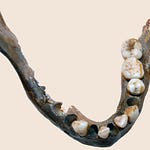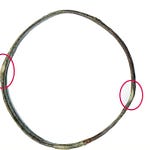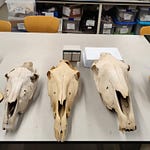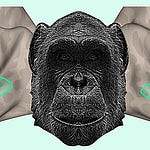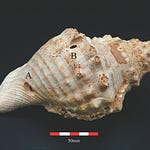Millions of years ago, before Homo sapiens existed, our primate ancestors carried a gene that quietly protected them from a problem that plagues many people today: excess uric acid. The enzyme produced by that gene, uricase, efficiently broke down uric acid, a byproduct of metabolizing food. Then, somewhere between 20 and 29 million years ago, apes lost the ability to make it.
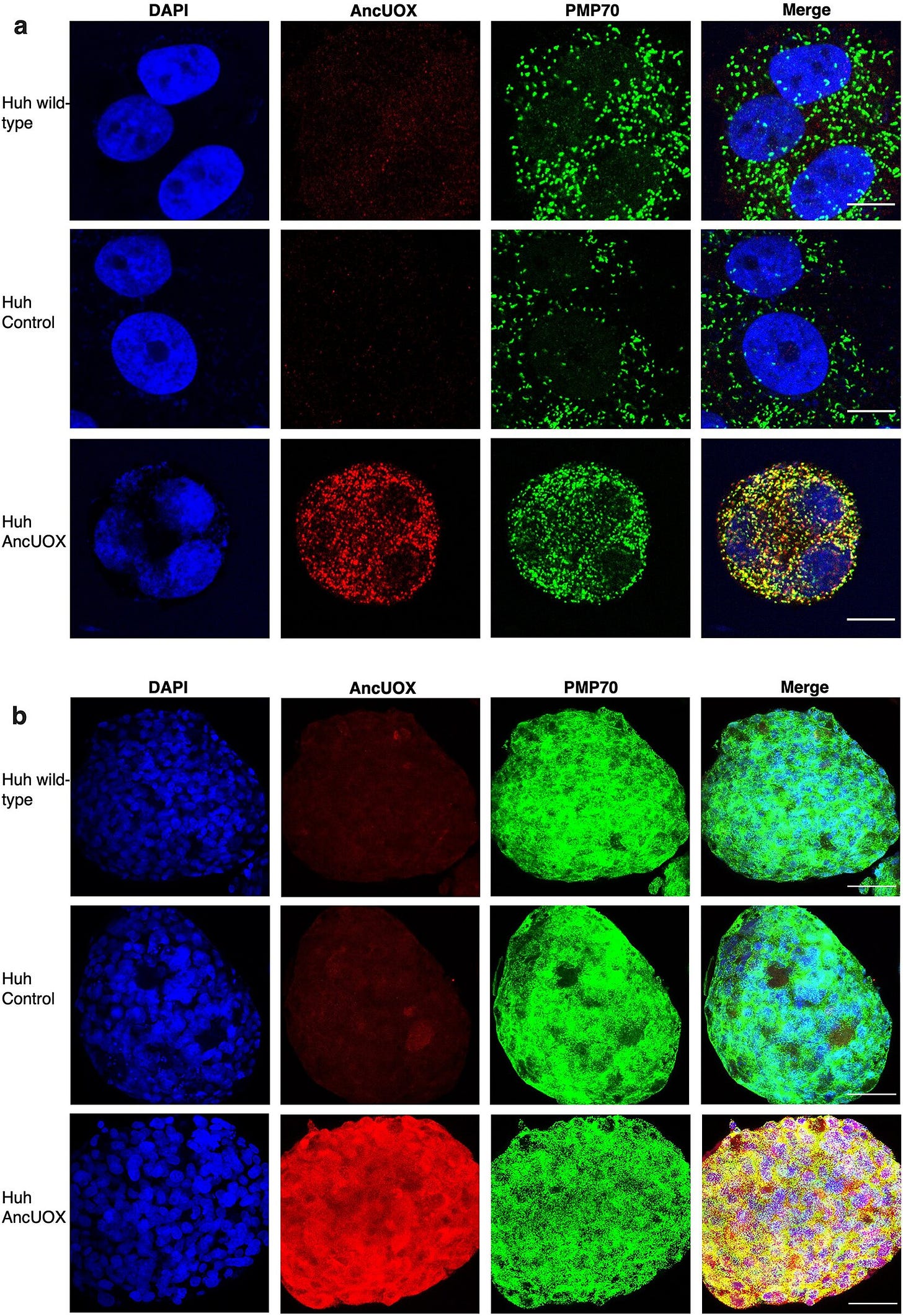
At the time, this genetic loss might have helped early primates store energy during lean seasons. In an environment where food was scarce and unpredictable, high uric acid levels could turn sugar into fat more efficiently—a survival strategy written into DNA. But in the modern world of constant calories, the same adaptation fuels chronic conditions such as gout, hypertension, and fatty liver disease.
Now, researchers are asking a radical question1: what happens if humans get that gene back?
Resurrecting a Forgotten Enzyme
A team led by Eric Gaucher at Georgia State University set out to answer this. Using CRISPR gene-editing technology, they reintroduced an ancient version of uricase into human liver cells.
“By reactivating uricase in human liver cells, we lowered uric acid and stopped the cells from turning excess fructose into triglycerides—the fats that build up in the liver,” said Gaucher.
The experiment began with simple liver cell cultures and then scaled up to three-dimensional liver spheroids—tiny organ-like clusters that mimic the complexity of real tissue. In both systems, the enzyme didn’t just show up; it went to the right place inside the cell: the peroxisomes, the compartments where uricase traditionally operates in other mammals.
The results were striking. Cells with the reintroduced gene showed a steep drop in uric acid levels, and fat accumulation in response to fructose exposure was dramatically reduced.
Why Uric Acid Matters Beyond Gout
Gout is often dismissed as a relic of overindulgence, but its underlying cause—hyperuricemia—touches far more than joints. Excess uric acid has been linked to kidney stones, cardiovascular disease, and hypertension. In fact, studies show that 90% of people newly diagnosed with high blood pressure also have elevated uric acid levels.
“Hyperuricemia is a dangerous condition,” Gaucher noted. “By lowering uric acid, we could potentially prevent multiple diseases at once.”
The implications go far beyond managing joint pain. If this approach works in living systems, it could become a cornerstone therapy for a cluster of modern metabolic disorders.
From Ancient Survival to Modern Risk
Why did apes lose uricase in the first place? The leading hypothesis, first proposed by Richard Johnson and colleagues in 2011, is that higher uric acid levels acted as an energy buffer. During times of famine, elevated uric acid helped turn fructose from fruit into stored fat, giving early primates an advantage.
That adaptation might have worked in forests rich in fruit but scarce in protein. In an era of fast food and sedentary lifestyles, it has become a liability.
The Path Forward: Promise and Peril
Current treatments for gout include drugs that reduce uric acid and lab-made uricase enzymes derived from other animals. These work for some patients, but not all, and they can trigger immune reactions. A CRISPR-based approach could bypass those issues by restoring the enzyme inside a patient’s own liver cells.
Still, challenges remain. Delivering CRISPR safely and efficiently to human tissues is no small feat. Gaucher’s team is exploring multiple strategies, from lipid nanoparticles (the same technology behind mRNA vaccines) to ex vivo approaches that edit liver cells outside the body before returning them to the patient.
“Genome-editing still faces substantial safety concerns,” Gaucher cautioned. “Once those are addressed, society will be faced with contentious ethical discussions about who should and should not have access.”
Animal trials come next, followed by human studies—if the therapy clears regulatory and ethical hurdles.
Why This Matters for Anthropology and Evolutionary Biology
This research is more than a medical breakthrough; it’s a living experiment in evolutionary reversal. It underscores the trade-offs that shape our species: traits that once secured survival can become vulnerabilities in new environments.
Reviving uricase is not just about curing gout. It’s about testing what happens when an evolutionary “mistake” is corrected millions of years later.
Related Research
Johnson, R. J., Andrews, P., Benner, S. A., & Oliver, W. J. (2011). The evolution of obesity: insights from the mid-Miocene. Seminars in Nephrology, 31(5), 410–419. https://doi.org/10.1016/j.semnephrol.2011.08.005
Maesaka, J. K., & Fishbane, S. (1998). Regulation of renal urate excretion: A critical review. American Journal of Kidney Diseases, 32(6), 917–933. https://doi.org/10.1016/S0272-6386(98)70145-3
Lanaspa, M. A., et al. (2012). Uric acid and fructose metabolism in human physiology and disease. Metabolism, 61(9), 1249–1258. https://doi.org/10.1016/j.metabol.2012.03.003
de Lima Balico, L., & Gaucher, E. A. (2025). Genomic insertion of ancestral uricase into human liver cells to determine metabolic consequences of pseudogenization. Scientific Reports, 15(1), 26093. https://doi.org/10.1038/s41598-025-10551-8


